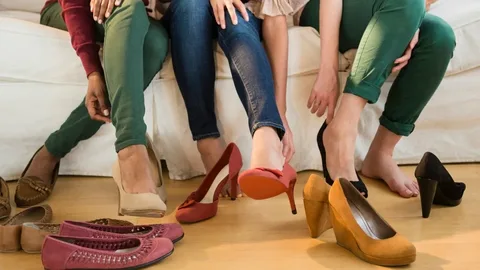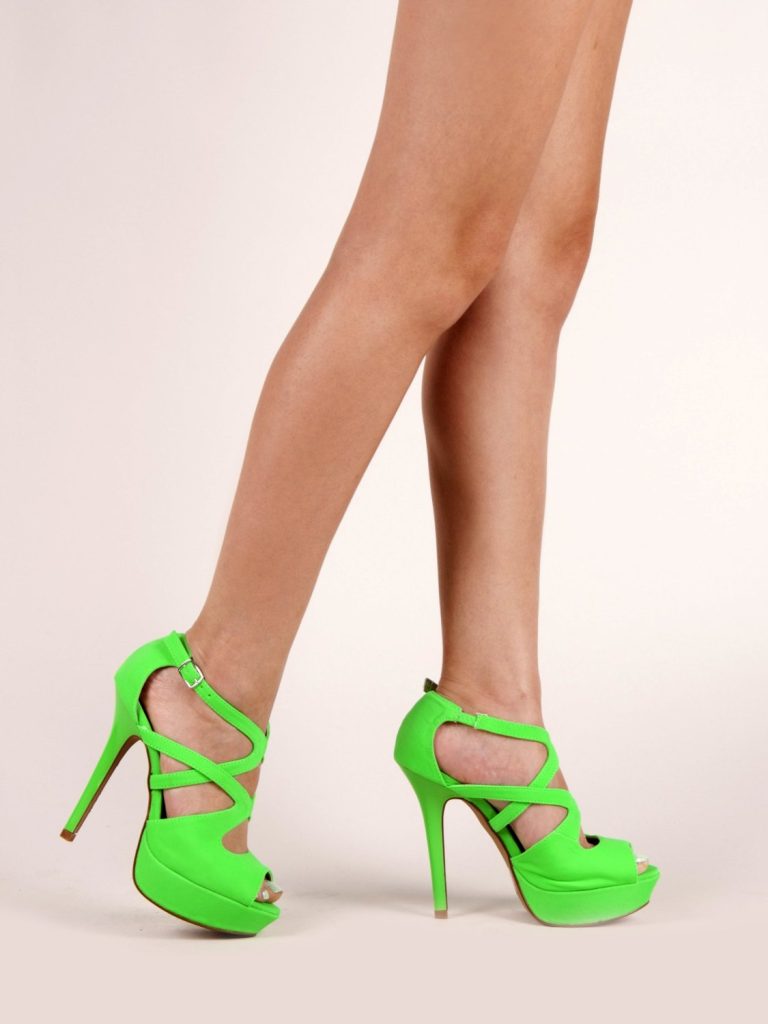Footwear embroidery has shifted beyond simple decoration into a beautiful art form that enhances the design of the shoe. It is a great brand expression, telling the story of the culture and adding to the aesthetic shear of footwear. Embroidery adds as much artistry and individuality to classic sneakers, and luxurious evening shoes as any other item. This intricate process is dependent on the choice of thread and has a great bearing on the durability, appearance, and overall quality of the finished product.
The question of embroidery factors like the strength, color fastness, and aesthetic qualities is carefully weighed to make the embroidered piece endure the stress of being worn, whilst adding to the look of the shoe and balance in creating brand image perception. From unique characteristics in choosing the industry’s favored threads for embroidery to their applications and reasons for choosing, this article takes a journey into the game.
1. Polyester Threads: A Versatile Workhorse
The reasons for polyester’s prominence in the footwear embroidery industry are several:
- High Strength and Durability: Polyester sewing machine thread is known for its high tensile strength, and high resistance to abrasion, tearing, and breakage. It is important for footwear that continually rubs and stresses.
- Colorfastness: Polyester embroidery thread is very good against fading, even after washing and a long time of exposure to sunlight. It makes sure that the embroidered designs stay colorful and eye-appealing for years.
- Finishes Options: Polyester thread is available in a wide range of finishes: matt, glossy, metallic, even iridescent! The advantage of using mixed media lies in the fact that it does not have a fixed form since it is extremely versatile, which aids creative expression as well as achieving various aesthetic goals.
- Cost-Effectiveness: Polyester is relatively a cost-effective option and therefore a choice for large-scale production.
- High-Quality Polyester Traders: Some of the popular brands for their high-quality polyester embroidery threads particularly for footwear purposes are; Sylko, Madeira, and Coats.
2. Rayon Threads: The Luxurious Touch
Silk-like luster and soft drape of Rayon threads lend a touch of luxury and elegance to footwear embroidery:
- Beautiful and shimmering effect: Rayon threads add beauty and shimmering effect to the intricate designs.
- Soft comfort: The smooth texture of the rayon thread gives the user a comfortable experience, especially in a shoe that is in direct contact with the skin.
- Widely applicable use: Rayon threads are primarily known for use in designer footwear but can also be used for inserting fine details and light embellishment on a variety of shoe styles.
- Considerations: Rayon threads are generally less strong than polyester threads and while they may be less durable for high-impact applications, they are considered in use.
3. Metallic Threads: Adding a Touch of Glamour
The glamorous and eye-catching element is added when metallic threads are used on footwear embroidery.
- Real Impact: Due to their shimmering and reflective properties, they attract attention to the embroidered design.
- Application: Metallic threads are an ideal way to amplify highlights, outlines, and extravagant patterns, hence giving way to luxury and sophistication.
- Usage: Used especially in evening wear shoes, high-end footwear, such as designer sneakers, etc.
- Things to Consider: Metallic threads are more delicate than some options and may need special handling and care.
4. Recycled and Sustainable Options
Sustainability is becoming a trend in the fashion industry. Right in line with this particular trend, a number of eco-friendly options are becoming popular with footwear embroidery:
- Recycled Polyester: Recycled Polyester threads are made from recycled plastic bottles, so not only are they the same durability and performance as conventional polyester, but at the same time they minimize environmental impact.
- Organic Cotton: A more natural and softer alternative at the cost of being more sustainable and environmentally friendly for those looking to stay organic or if only a certain thread is desired to be organic.
5. Specialty Threads:
- Glow in the Dark Threads: great for creating unexpected and delightful effects for athletic shoes and children’s footwear.
- High-Conductive Threads: Employed in electronic textiles and footwear with integrated technology.
- Flame Resistant Threads: Used for specialized footwear applications where fire safety is a segment of concern.
Choosing the Right Thread:
Several factors are considered in the selection of the ideal thread.
- Footwear Type: With the type of footwear, it is vital. Heavy-duty work boots will need extremely durable threads, delicate even shoes may be served by softer more luxurious threads.
- Thread Selection: Thread selection will depend on the complexity and intricacy of the design.
- Thread Type, Color, and Finish: These will depend on the look and feel of the embroidered design that the desired final appearance promotes.
- Brand Image: The thread choice should connect with the rest of the brand in general.
- Sustainability: Choosing things such as recycled polyester or organic cotton will help a brand with its sustainability aspect.
Conclusion
Finally, the right thread needs to be selected if your footwear embroidery is ever going to be exceptional. The process of decision-making depends on factors such as durability, aesthetic appeal, sustainability, and brand image. Innovation is on the rise with its new entrants — recycled polyester and organic cotton — which compete with polyester threads as the cost-effective, strong workhorse in the industry, but as sustainability gains prominence, especially on the consumer side, polyester threads continue to remain the workhorse. In terms of the threads, rayon threads are brought in to add some luxurious and elegant feel while the metallic threads add glamour.
In the end, the correct thread choice depends on the careful balance of the footwear type, the design complexity, the desired look, and the brand’s overall positioning. With time, we will witness more innovations in thread technology that will develop more sophisticated and sustainable types of footwear embroidery.



